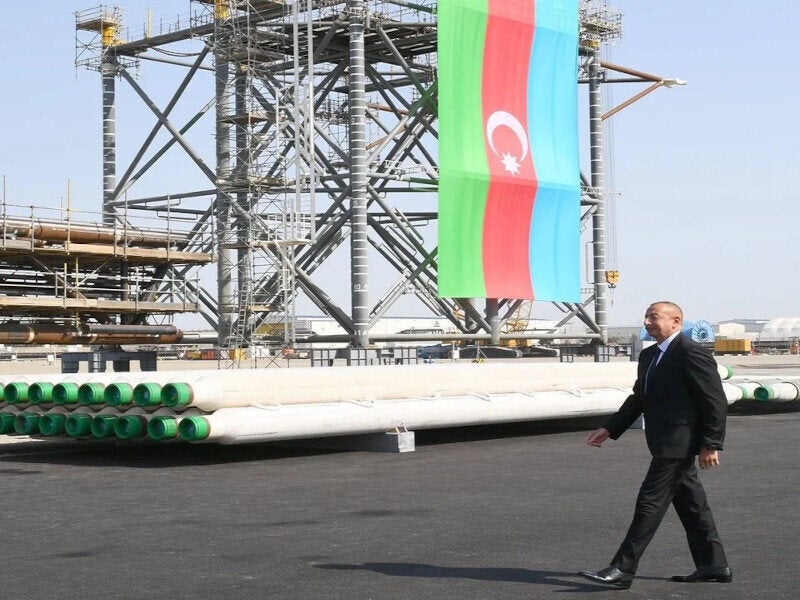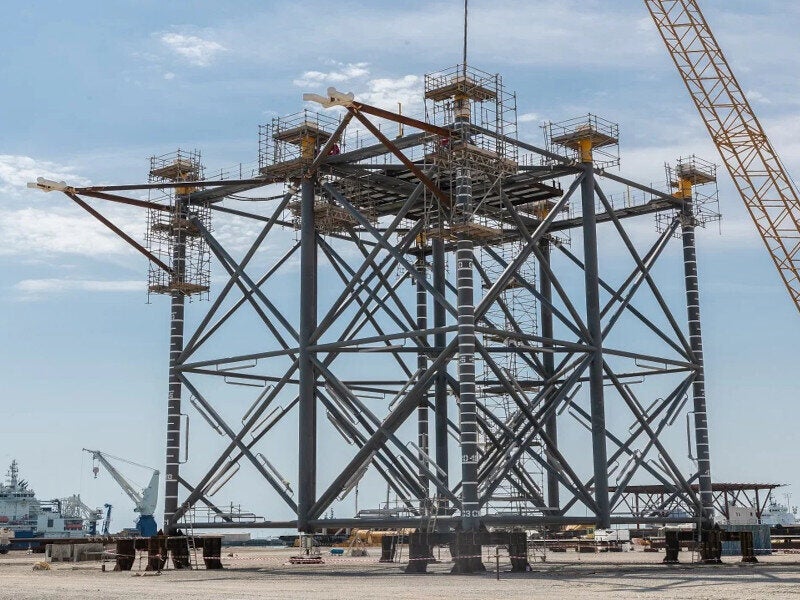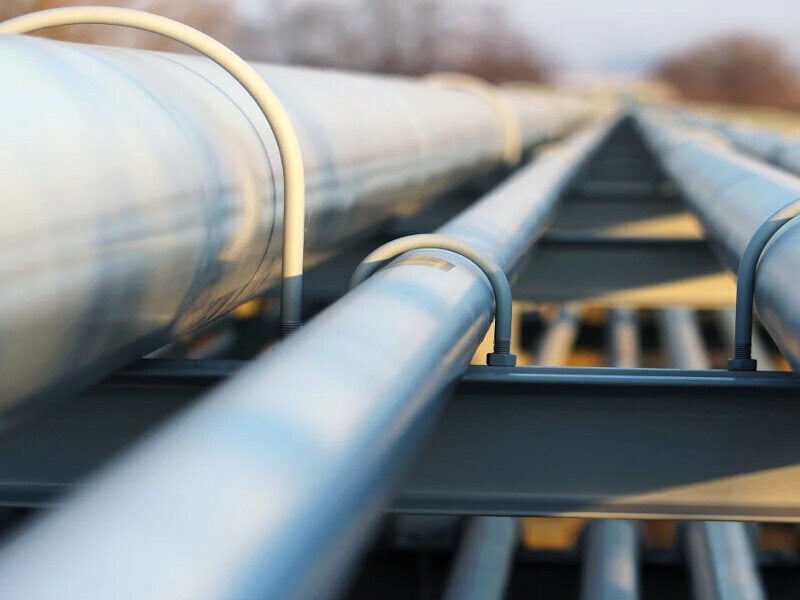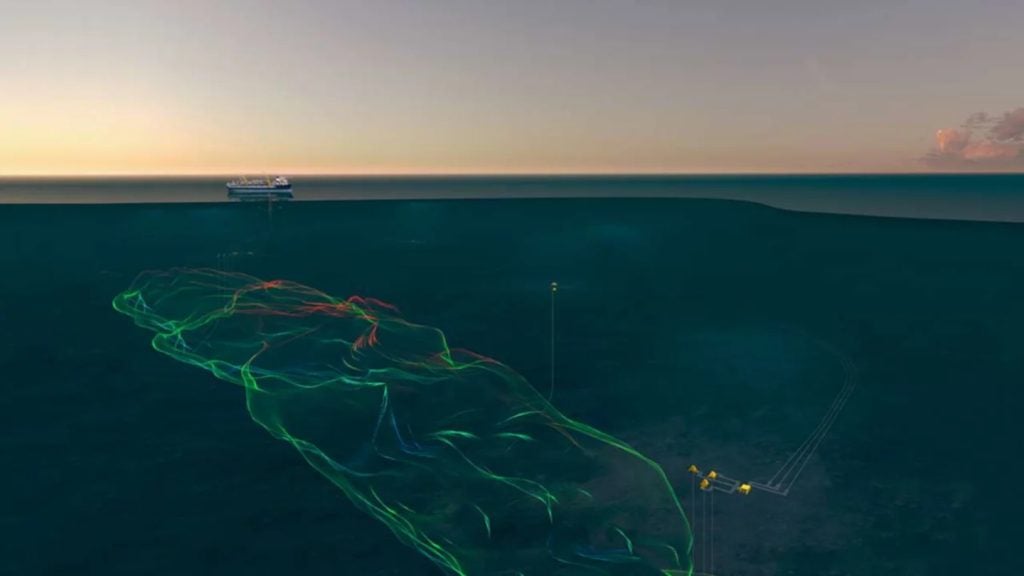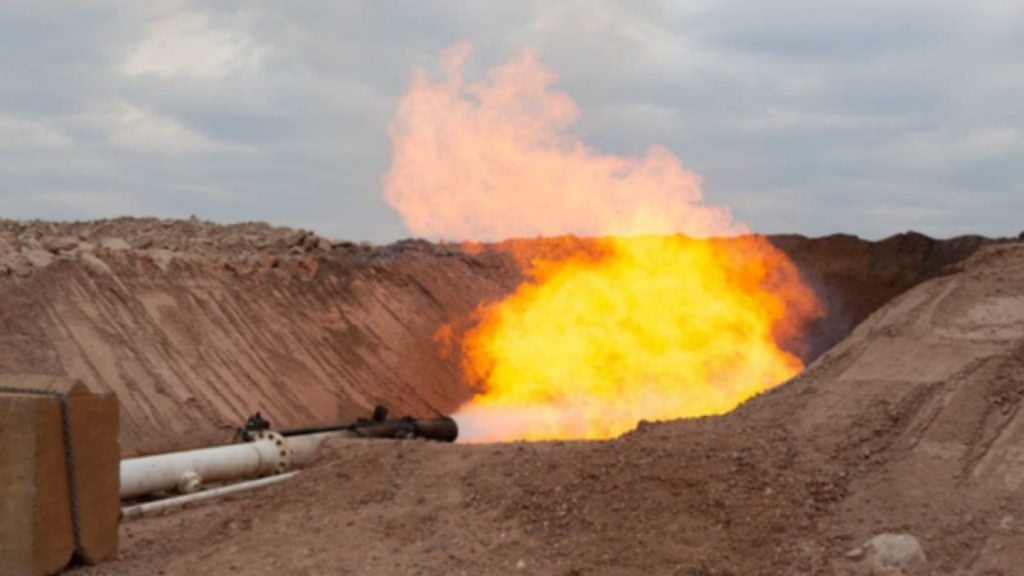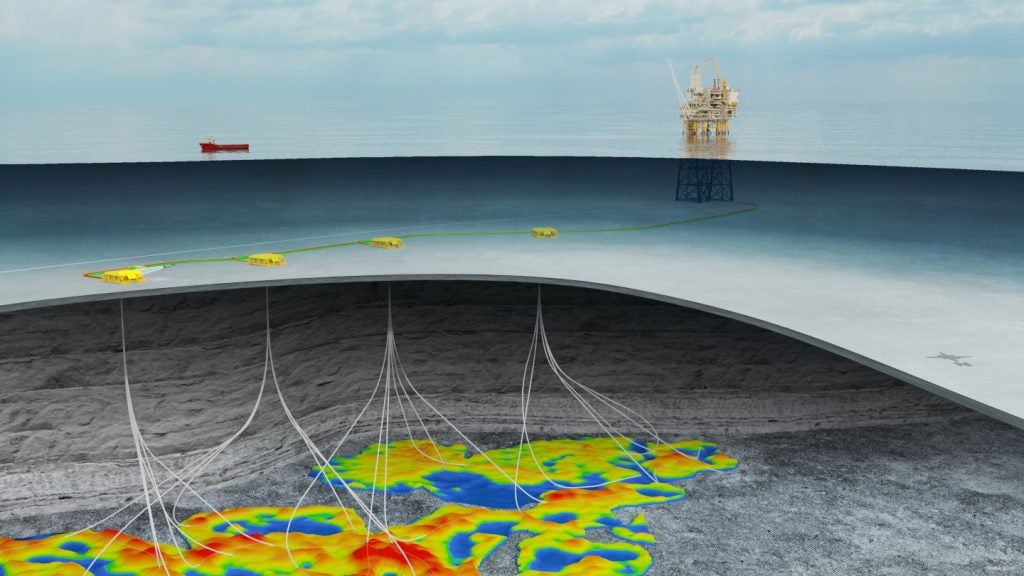The Absheron gas and condensate field is located off the coast of Baku, Azerbaijan, in the Caspian Sea.
The field is being developed by Absheron Petroleum (JOCAP), a 50:50 joint venture between the State Oil Company of the Republic of Azerbaijan (SOCAR) and TotalEnergies.
In 2016, TotalEnergies and the SOCAR entered into an agreement for the first phase of the field’s development. Estimated to cost $1bn, the development programme was approved in 2017.
Offshore construction for the oil and gas project began in September 2020 while production from the early production scheme (EPS) phase of the field started in July 2023.
Production from the field is crucial for Azerbaijan, which has been witnessing gas shortages due to increasing domestic consumption rates combined with the fact that the majority of the gas produced from the country’s Shah Deniz gas field is now exported elsewhere.
In August 2023, TotalEnergies and the SOCAR signed an agreement to sell 15% interest each in the field to the Abu Dhabi National Oil Company (ADNOC). TotalEnergies and the SOCAR will own 35% interest each and ADNOC will own 30% interest in the field, upon approval of the transaction by regulatory authorities.
Location
The Absheron field is located approximately 100km south of Baku in 500m of water in the Caspian Sea. It covers an area of 270km² of the Absheron block and is located 25km away from the Shah Deniz gas and condensate field, which is also situated within the block.
Absheron gas field discovery and reserves
Absheron was discovered by the Absheron X-2 exploration well, which was drilled in 2011.
The well was drilled in accordance with a sharing agreement signed between the SOCAR and TotalEnergies for the site’s exploration, development, and production using Maersk Drilling’s Heydar Aliyev drilling rig.
The field is estimated to contain 350 billion cubic metres (bcm) of gas, along with more than 45 million tonnes (t) of gas condensate.
Absheron gas field appraisal
The Absheron X-2 well was drilled in the northern flank of the structure to a depth of 6,874m, after cutting through several reservoirs.
The well encountered 500ft of cumulated net gas within the northern flank’s high-quality sands, which contain reservoirs in its northern compartment.
Reservoirs in the northern compartment contain the Balakhany and Fasila formations and are estimated to contain 150bcm-300bcm of non-associated gas with condensates, which is the equivalent of between five and ten trillion cubic feet.
One of the gas-bearing intervals was tested and produced 960,000 cubic metres a day (m³/d) of non-associated gas. It also produced 400m³/d-2,500 barrels per day (bpd) of 42.5° API condensate.
Drilling at the well is ongoing, with an additional side-track also being drilled north of the structure using the existing well.
Absheron gas field development
The field is being developed in phases. The EPS phase involved the development of the site’s top reservoirs, including the Fasila and Balakhany formations while also enabling field appraisal for future phases. Later phases will see the development of deeper and shallow reservoirs.
The development involved a tie-back of the subsea production well to a new gas processing platform, linked to the SOCAR Oil Rocks facilities. The EPS phase has the capacity to produce four million cubic meters of gas and 12,000 barrels of condensate per day. The production is planned to be sold in the domestic market of Azerbaijan.
The project uses pipe-in-pipe technology with 12in multilayer insulated pipes to transport the oil and gas over 34.3km to the platform. The development of the platform included four main and six auxiliary 10,000t jackets, bridges, overpasses, torch systems, submarines, pipelines, and modules.
One appraisal well was drilled during the first phase to a water depth of 450m. The well’s estimated production rate will be approximately 35,000 barrels of oil equivalent a day, including condensate.
Gas and condensate will be exported through the SOCAR’s existing infrastructure. The gas will be transported to the local market and the condensate will be exported through the Baku-Tbilisi-Ceyhan oil pipeline as part of a swap agreement.
Liquid condensate from the field will be sent to the SOCAR’s oil and gas processing and petrochemical complex, which is currently being built in Baku.
Details of the new semisubmersible drilling rig
The high-pressure reservoirs of the Absheron field are located roughly 6,500m below sea level and require a robust and efficient drilling rig able to withstand the water pressure.
The project partners decided to use a new-generation, semisubmersible drilling rig built at the Baku shipyard for the field.
It will drill up to a depth of 40,000ft and operate in 1,000m of water depth. The main deck of the rig is 69.50m long, 69.5m wide, and 35.5m deep.
The rig features an 800m self-contained eight-point mooring system that can withstand high wind speeds in the sea. The design also incorporates the latest safety and environmental features.
Contractors involved
Keppel Offshore & Marine subsidiaries Caspian Rig and the Caspian Shipyard Company were awarded an $800m contract in 2013 for the construction and delivery of a semisubmersible drilling rig by the SOCAR-owned Caspian Drilling Company.
The agreement was awarded to support the SOCAR’s offshore drilling programme in the Caspian Sea. The rig was built using Keppel FELS’ proprietary DSS 38M design and customised for the Caspian Sea’s high-pressure environment.
Petrofac, an energy services company, along with SOCAR, provided engineering and technical services to the field as per the contract signed in August 2019.
Offshore builder BOS Shelf was chosen for the construction of the platform and associated facilities of the field in 2018.
The consortium of the SOCAR alongside KBR, an energy technology business, was awarded a front-end engineering design contract for the topside of the project in November 2017.

